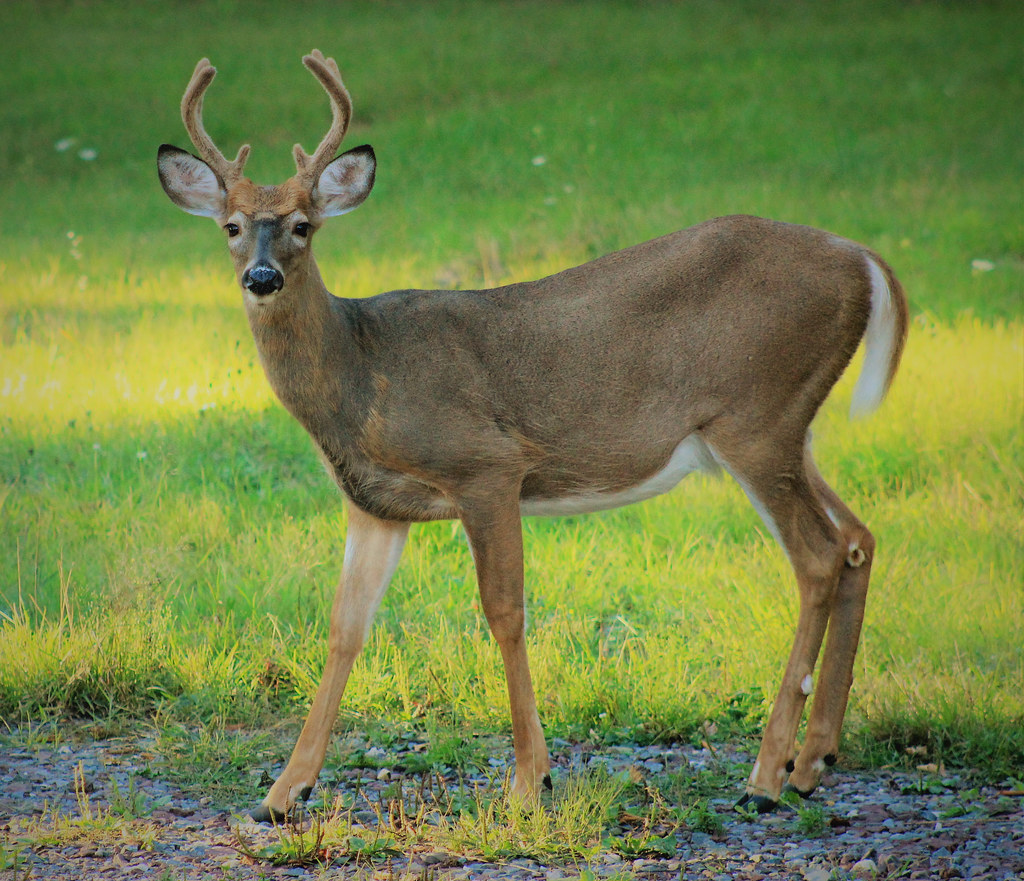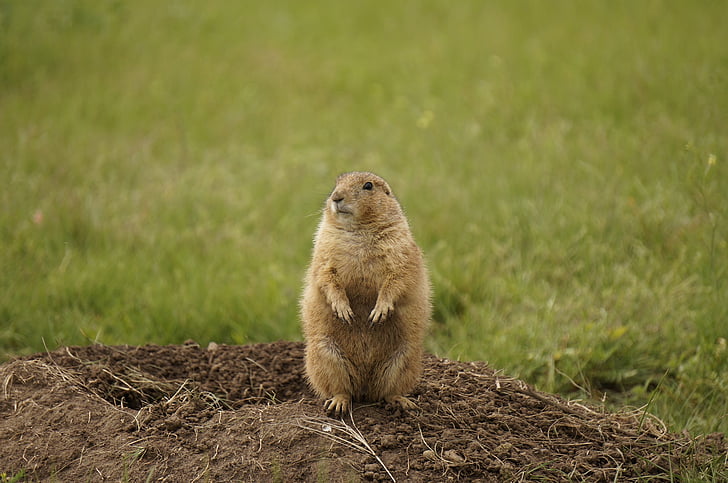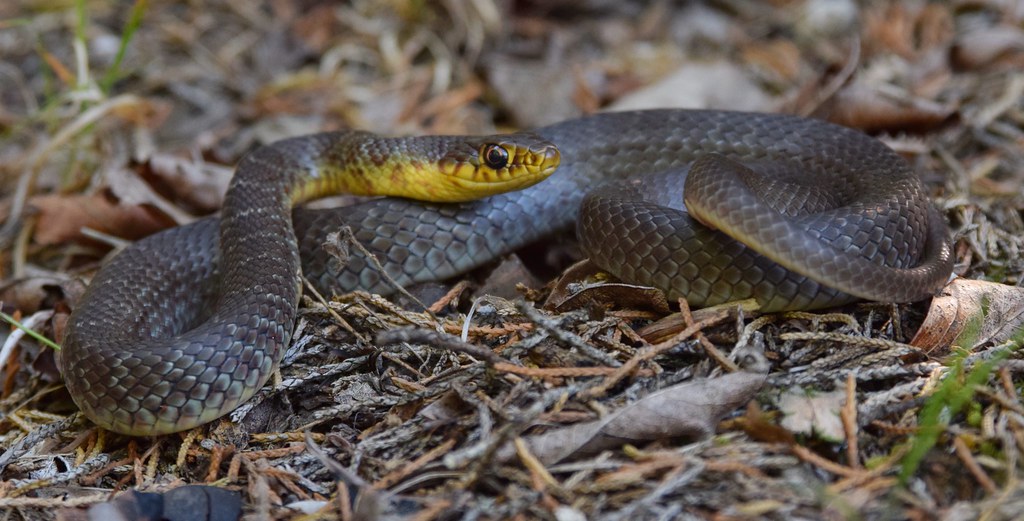Grasslands
Between the waving blades of grass, buffalo roam and prairie dogs burrow. Just like how the prairies grow much of the world’s food, animals of all shapes and forms gather in these wide-open spaces to feed and communicate. Here are some examples:
White-Tailed Deer

In many parts of the Americas, white tailed deer are often spotted grazing in meadows or galloping between trees. White tailed deer raise their tails when they are scared. This behavior is similar to the expression “waving the white flag”, for someone who is surrendering. An interesting fact about these animals is that the males don’t keep their antlers forever – every winter, male deer shed them and grow them back in the spring!
Gophers

Gophers are the scourge of many a prairie town: they dig their holes wherever they please and chew up plants and sometimes even cables. Because of this, these gophers are despised by many. However, they do a very important job: turning over soil. When gophers dig holes in the ground, soil is mixed together and plants are sometimes uprooted, allowing for a different mix of dirt to be exposed at ground level. Soil turnover is important for the health of grasslands because it allows plants to grow more easily. Because of this, we should really be thanking gophers for their work!
Eastern Yellowbelly Racer

Eastern yellowbelly racers may be snakes, but they’re nothing to be afraid of. These docile reptiles live in many parts of the United States and in southern Alberta and Saskatchewan. They can range in size from 60 to 94 centimeters, and often have black, blue or green skin with a yellow belly, hence their names. Additionally, they are some of the fastest snakes in North America: they can reach speeds of approximately 6.4 km/h!
There are also many species of birds that live in grasslands, and they play a very important role in the ecosystem. See the “Birds” page under Feature Creatures for more information.
